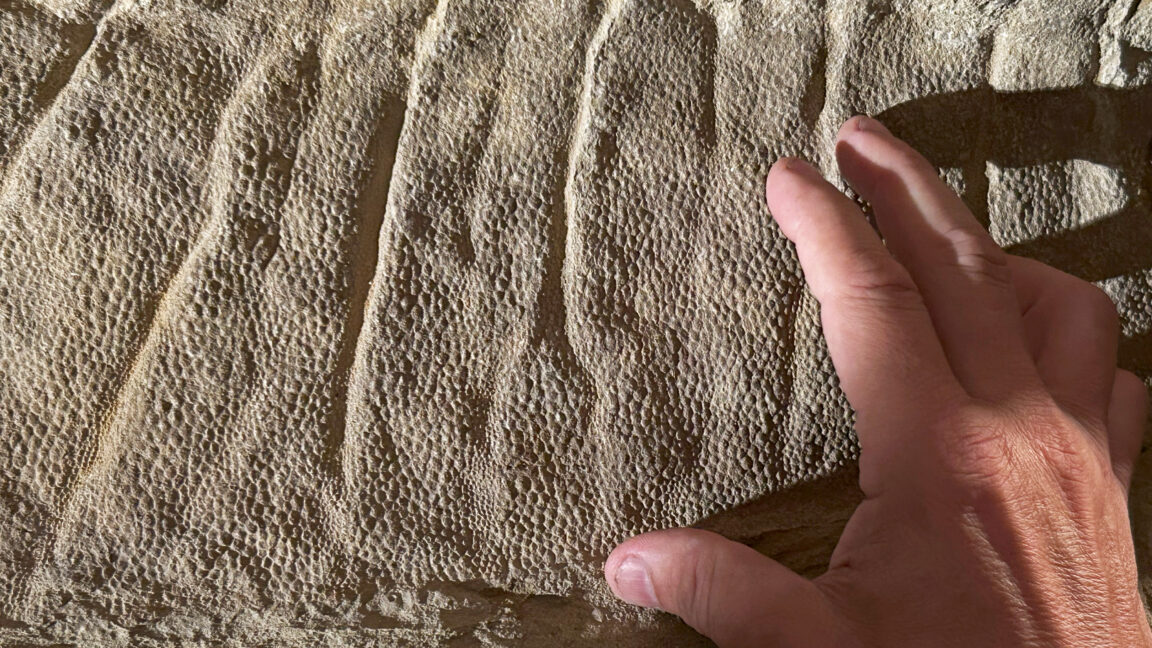Unearthed Dinosaur Mummies Reveal Surprising Details About Duck-Billed Species

For over a century, our understanding of Edmontosaurus annectens, a massive herbivorous dinosaur from the late Cretaceous period, has evolved dramatically. Originally discovered in 1908 by fossil collector C.H. Sternberg in Wyoming, the specimen—known as the “AMNH mummy”—offered the first glimpse into its appearance through preserved skin imprints in surrounding sediments.
Recently, a team led by renowned paleontologist Paul C. Sereno revisited the site, uncovering two more remarkably preserved Edmontosaurus mummies. These fossils reveal fine details of the animal’s external anatomy, including scale size and tail spike arrangement—details previously unknown. Such discoveries provide a more accurate picture of this species, challenging earlier, more speculative reconstructions.
How Our View of Edmontosaurus Has Changed
Before Sereno’s findings, depictions of Edmontosaurus were based on limited fossils and artistic interpretation. Notably, paleoartist Charles R. Knight’s 1909 illustration inaccurately depicted a crest running the length of its body, based on incomplete data. Sereno explains that Knight’s depiction was imaginative, especially since the fossil lacked a tail, leading to a dragon-like appearance. Modern discoveries now allow scientists to refine these images with unprecedented precision, revealing a creature much closer to its real form.
